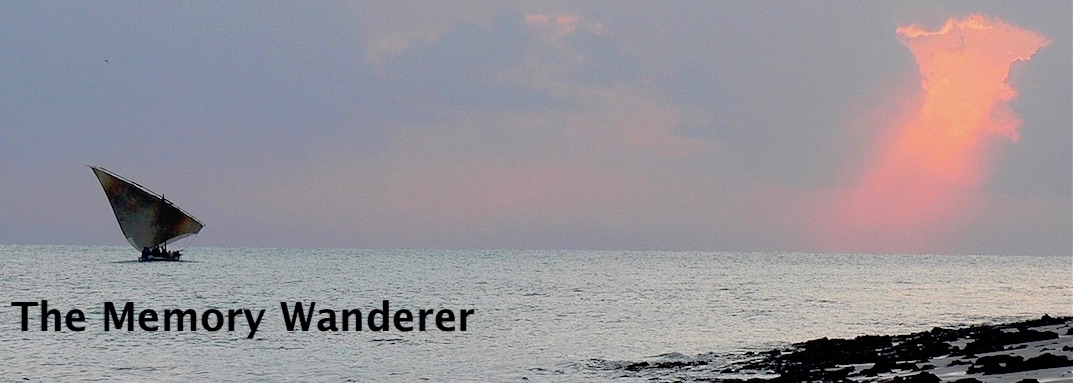 We drove to Balblair Woods this morning on the outside chance of seeing an osprey. Our earliest sighting in past years has been around 6th April so we were being optimistic, and certainly the one nest which we've found - of the three reputed to be in the woods - looked very empty, so....
We drove to Balblair Woods this morning on the outside chance of seeing an osprey. Our earliest sighting in past years has been around 6th April so we were being optimistic, and certainly the one nest which we've found - of the three reputed to be in the woods - looked very empty, so....
....we walked on to the NatureScot bird hide overlooking Loch Fleet where a high tide had pushed the waders and ducks close enough to identify most of the species.
Shelduck - left foreground - are on Loch Fleet in bigger numbers than we've seen before, and there's no shortage of oystercatchers, redshanks and curlew - the larger, grey bird in this picture. In addition to the shelduck, there were four other species of duck: teal, widgeon, goldeneye and a single pair of mallard. However, what I was really anxious to find were the bar-tailed godwits which are very like curlews but smaller, and....
....have a slightly up-curved bill. They were difficult to identify because most of the birds were sleeping with their heads tucked into the feathers but the three birds at left in this picture are almost certainly godwits, with one of them having its bill on show.
The noticeboard in the hide recorded the recent sighting of a hen harrier, a bird we've not seen here, so as we walked back to the car we were watching out for it and the ospreys when we heard a raptor calling above us.
Momentarily I thought it might be an osprey but it turned out to be a red kite, soaring over the fields between the woods and Beinn Bhraggie with its last remnants of the recent snow.





















































